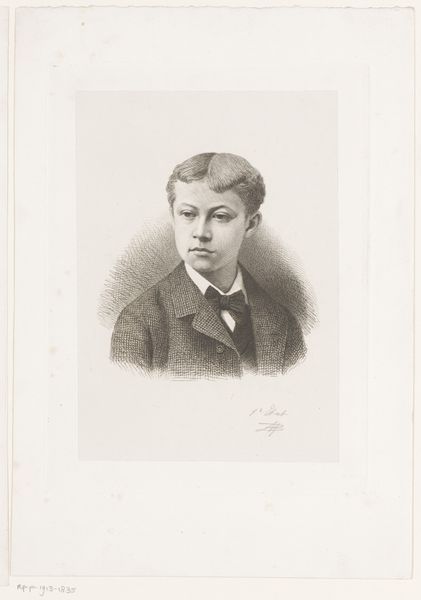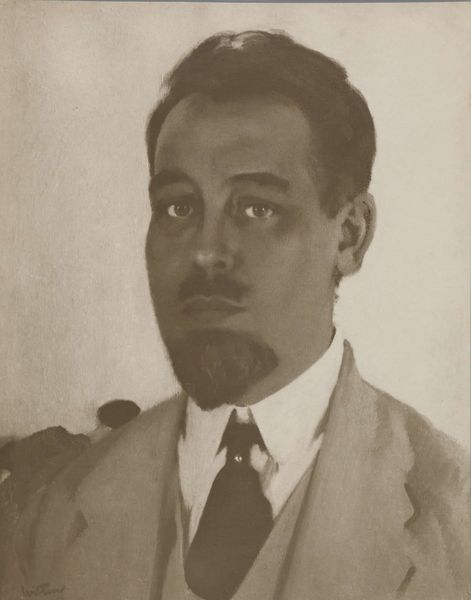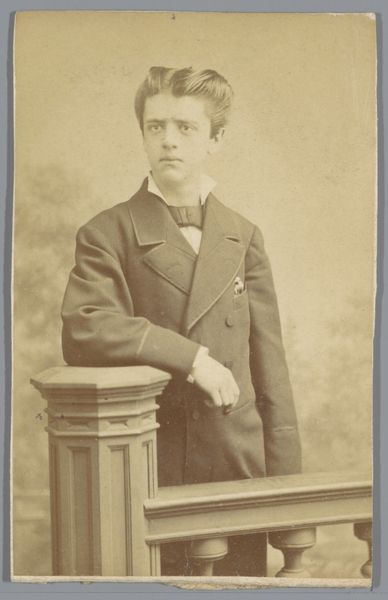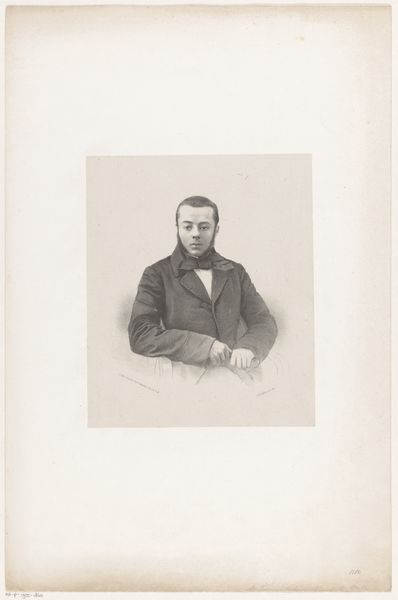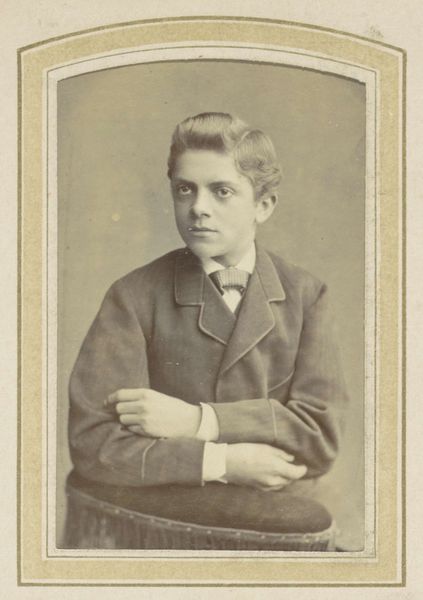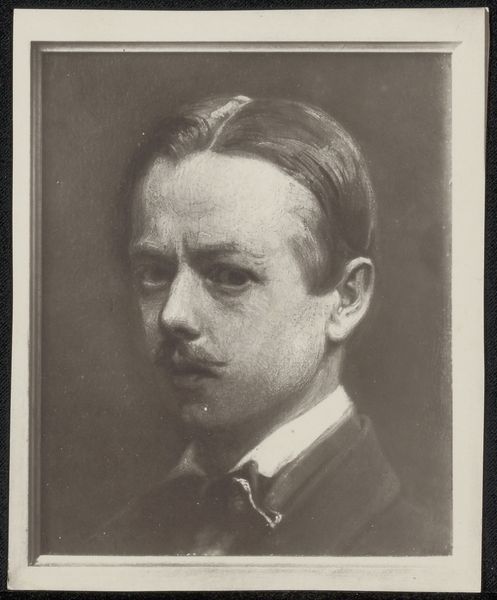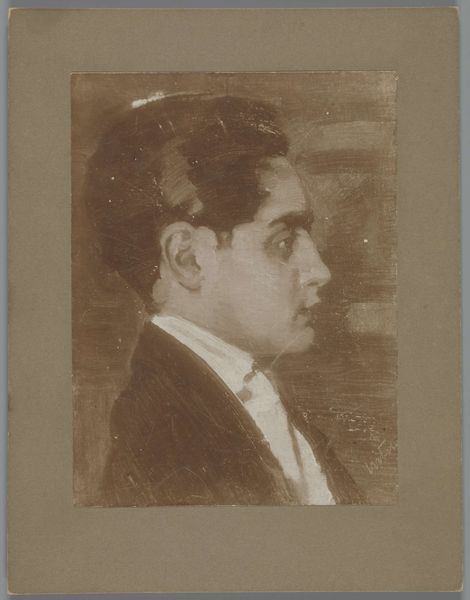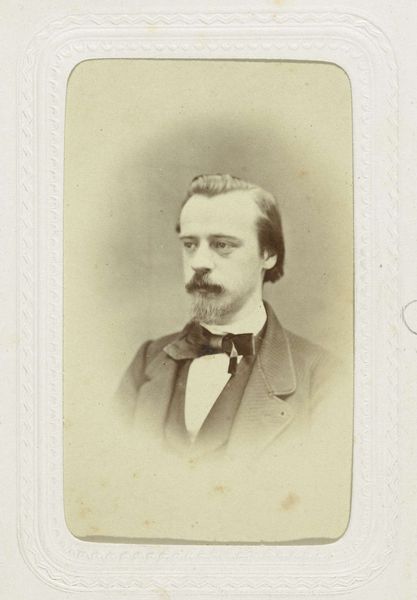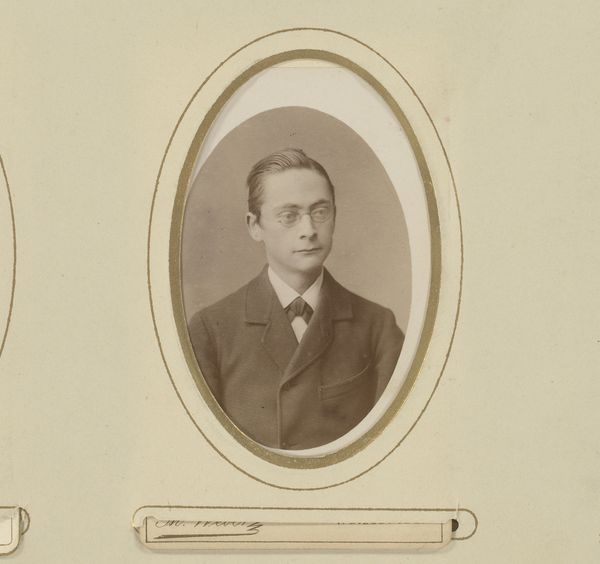
Dimensions: height 210 mm, width 160 mm
Copyright: Rijks Museum: Open Domain
Editor: This is "Portret van een man, mogelijk Jan Loman," or "Portrait of a Man, Possibly Jan Loman," drawn by August Allebé in 1856 using pencil. The level of detail in the face is really striking, especially compared to the more sketched-in suit. What can you tell me about it? Curator: It's interesting that you’re drawn to the contrast between the face and the suit. Consider this drawing within the context of 19th-century portraiture. How might this level of detailed realism – or perhaps aspiration to realism – reinforce social hierarchies and constructions of identity? Think about who could afford such portraits, and what messages they sought to convey. Editor: So, the detailed face might be about showing status or importance? It’s like saying, "I’m someone worthy of this much attention to detail." Curator: Precisely! And who gets to decide what's "worthy?" We can delve into how portraiture, even in its seemingly objective realism, served to legitimize certain figures and exclude others. Note how even the shadow under the man's chin emphasizes wealth. Editor: That makes me think about the power dynamics inherent in image making. How were people who couldn't afford such a portrait represented, if at all? Curator: Exactly. Now, looking at his gaze, direct but almost… uncertain? What stories could this portrait tell about masculinity, ambition, and perhaps, anxieties, within the socio-political climate of the mid-19th century? Is it an expression of internal conflict between social ambition and internal desires? Editor: Wow, I hadn't thought of it that way. I was just seeing a portrait, but now I see a whole story about class, identity, and even a bit of vulnerability. Curator: Indeed. And that’s precisely the power of engaging with art through an intersectional lens – it opens up a multitude of narratives beyond the surface.
Comments
No comments
Be the first to comment and join the conversation on the ultimate creative platform.
